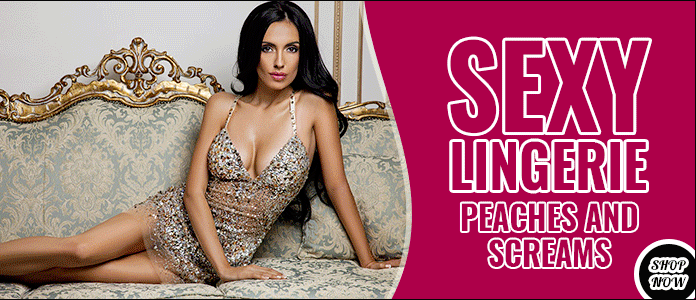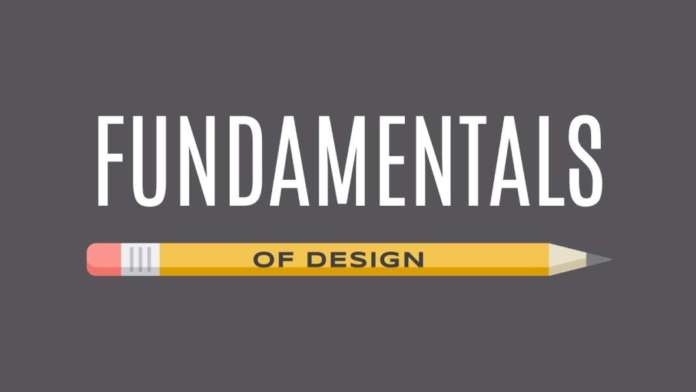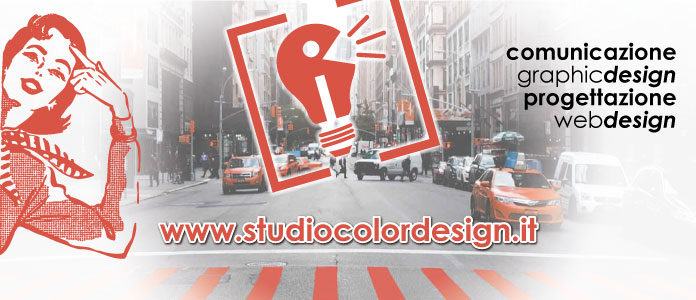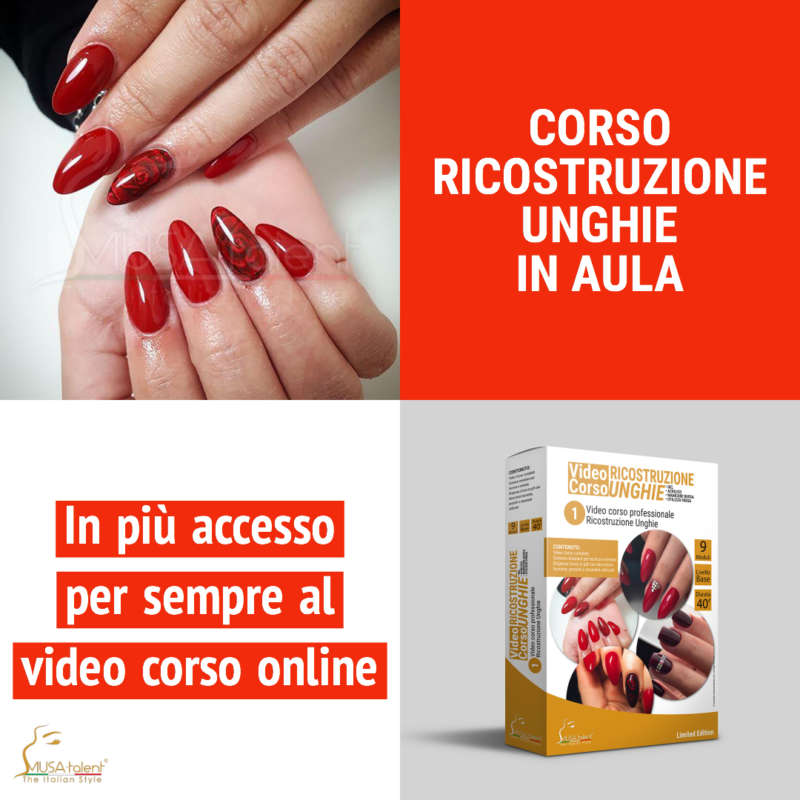Design fundamentals are the foundation of every visual medium, from fine art.
To web pages Website design.
Even the smallest details, such as the fonts that make up most compositions.
What do these examples have in common? Some very basic elements, including line, shape and form, texture and balance.
It might not look like a lot alone, but together.
A part of everything we see and make.
The basics can be daunting, especially if you don’t consider yourself an artist.
However, there is a lot you can learn (from the basics) about working with different assets and creating Simple pictures of inscriptions.
Let’s start at first with one of the most basic elements of all.
The line.
A line is the shape that connects two or more points.
It can be fat or skinny.
Wavy or fractured.
All the possibilities give the font a little bit of a difference Lines appear frequently in design; For example, in graphics, illustrations.
And graphs Elements, such as textures and patterns.
They’re also common in text structures, where they can add an emphasis.
Split or organize Content.
Or even direct the viewer’s eye.
When working with fonts, pay attention to things like weight, color, texture, and pattern.
These subtle qualities can have a huge impact on the way your design appears.
Find the places where the stripes hide in plain sight; For example, in the text.
So here, trying different streak traits can give you very different results.
A shape is any two-dimensional region that can be recognized by boundaries.
This includes circles, squares, triangles, and so on.
Shapes fall into two distinct classes: geometric (or regular) and organic (when shapes are more organic).
Shapes are a vital part of communicating ideas visually.
They give the pictures character and make them known.
We understand street signs, symbols, and even abstract art largely because of the shapes.
Shapes have an astonishing number of uses in everyday design.
They can help you organize or separate the content.
Create simple illustrations.

Or just add interest to your work Shapes are important because they are the basis for a lot of things Learn to look at her other designs, and soon, you’ll start seeing them everywhere.
When the shape becomes 3D, we call it a model.
Shapes can be 3D and exist in the real world.
Or they can be implied, using Techniques such as light, shadow, and perspective to create the illusion of depth.
In 2D design, the model makes realism possible.
Without it, the bouncing ball is just a circle.
3D building is just a series of rectangles.
Even flat designs use subtle techniques to show variations in shape and depth.
In everyday compositions, the purpose of the figure is the same, but on a smaller scale.
For example, a simple shadow can create the illusion of layers.
Or give an object Feeling of place.
Basic shapes can bring a touch of realism to your work – a powerful tool when used in moderation.
Texture is the physical quality of a surface.
Like the shape, it can be 3D – something you can see and touch – or it can be implied, Which indicates that it would have a feel if it were to exist in real life.
In the design, the texture adds depth and the sense of touch to yet another flat image.
Objects can appear smooth, rough, hard, or smooth, depending on the objects in play.
For beginners, textures make great background images and can add a lot of interest to your work Look closely, and you may find fabric in unexpected places, like sad lines.
Smooth, shiny icons.
 Just be careful not to go overboard – too much texture in one design can quickly That makes it become devastating.
Just be careful not to go overboard – too much texture in one design can quickly That makes it become devastating.
Balance is an even distribution of visual weight (in other words, how much something Catches the eye of the spectator).
Balance can be affected by many things, including color, size, number, and negative space.
Mastering balance can be difficult for beginners, as it requires intuition.
Fortunately, the design world is full of examples Repetition helps you understand it Symmetric designs are the same or similar to them on either side of the axis.
They feel balanced because each side is somehow the same (if not identical).
Asymmetric designs are different, but the weight is still evenly distributed.
Design is balanced because it calls for attention to the right things.
Many people use a strategy called the rule of third.
This visualizes your work area divided into a 3×3 grid.
The focal point of the image is placed near or near one of these lines, creating a visual balance with the rest of the space We find this type of composition attractive because, according to studies, it is the human eye Naturally follow this path when scanning a design.
Design fundamentals are all about a bigger picture – in other words, learning To appreciate the many small details that make up each composition.
This insight can be applied to almost any type of project, whether you are creating Own graphics.
Or just find simple ways to improve your business.
We thank you for joining us in the basics of design.
Check out the rest of our design themes, including color, typography, and more.





















































